Confidentiality restrictions around clinical trials and prior public use (T 0670/20)
The IPKat
JANUARY 31, 2023
The recent Board of Appeal decision in T 0670/20 considered whether patients in a clinical trial were under conditions of confidentiality. The question became whether the patients could be considered members of the public, and whether their participation in the clinical trial therefore constituted prior public use of the formulation.

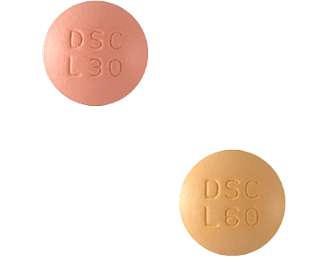
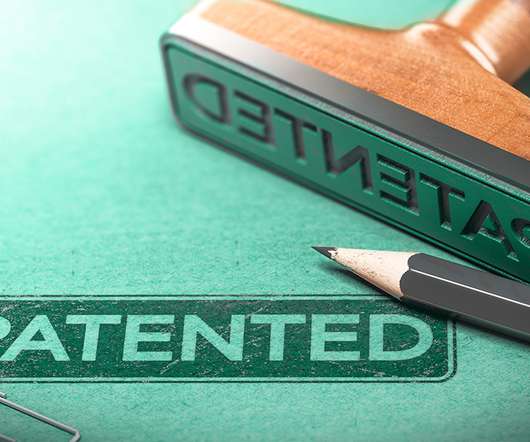
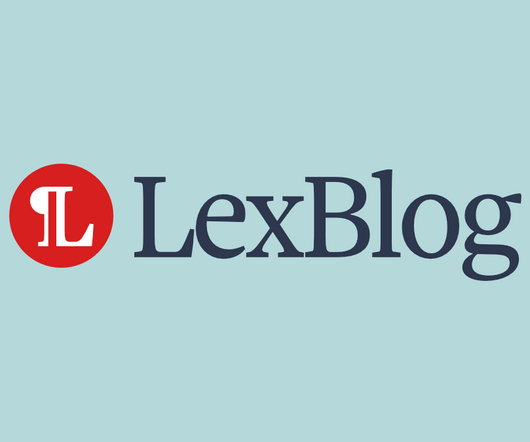

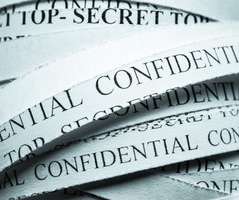
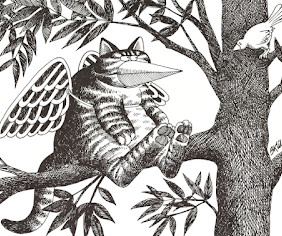



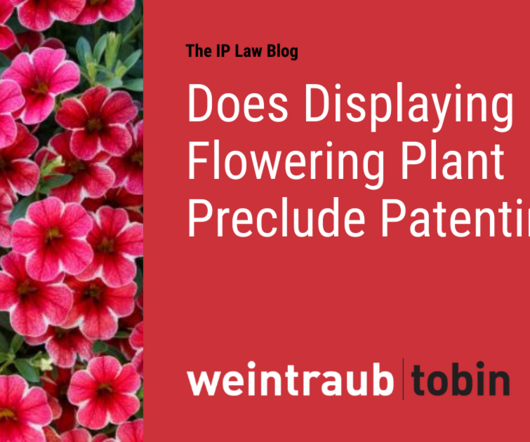

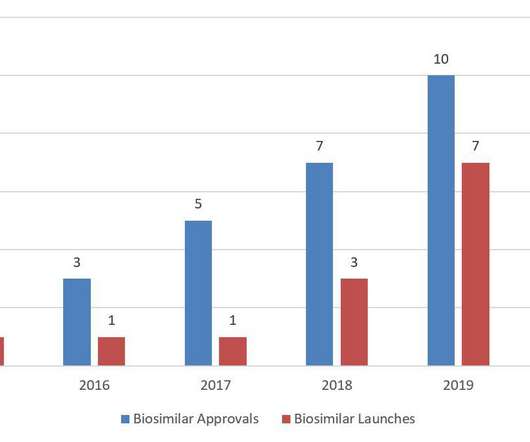






Let's personalize your content